... newer stories
Samstag, 5. Mai 2018
Beekeeping excursion
beekids, 16:57h
On Tuesday, 17 April 2018 we visited two beekeepers and pheasant farm with the students of the veterinary technician.
In the pheasant farm in Beltinci, we saw the breeding of pheasants and partridges. Everything begins with eggs that are disinfected before they are deposited in the hatchery. After the hatching, where the eggs turn, they are transferred to the another chamber where the chickens are hatched.
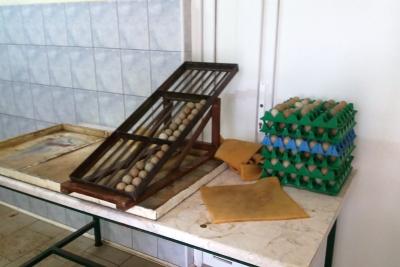
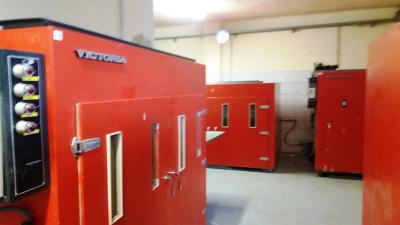
There are no small chicks in this season, so we could only see adult pheasants and quails. Some animals are sold to the hunting families, others are hunted.
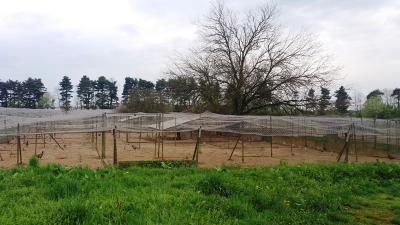
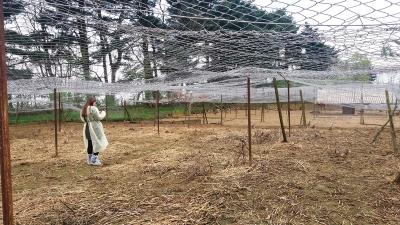
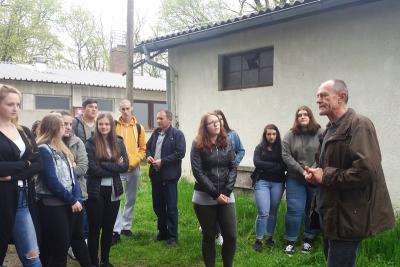
After visiting the pheasant farm we went to the Beekeeping Tigeli in Prlekija. We arrived in a beautifully decorated Mediterranean garden surrounded by beehives.
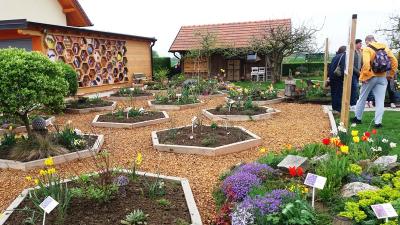
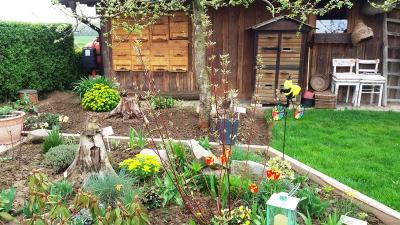
The Lady presented us their activities and briefly restored the basis of beekeeping. The beginnings of the Beekeeping Tigeli date back to the year 2001 when they bought the first bee colonies.
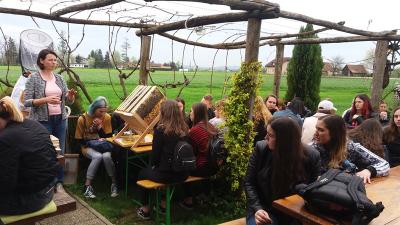
Now they have beekeepers with around 100 bee families - in two stationary beehives and three transport units. In 2005, they inherited a beekeeping museum and began intensively dealing with beekeeping tourism. In addition to the museum, there is a learning beehive where visitors can work on bees. There are many other museum collections of hives and beehives on their property.
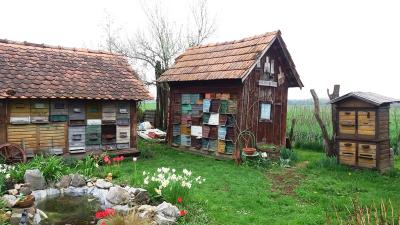
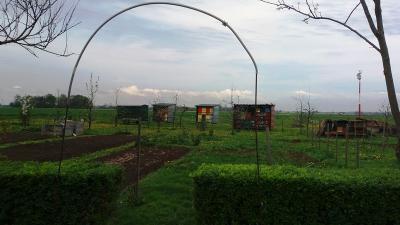
In front of the bee houses there is a beautifully landscaped Bee garden, and in front of their house there is display the life of bees in wooden honey combs. The most beautiful beehive, transformed into a museum, is an octagonal shape with a roofline.
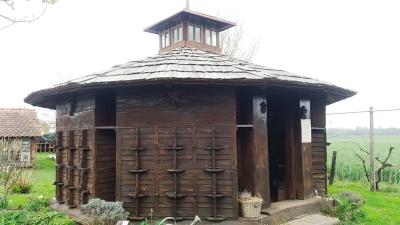
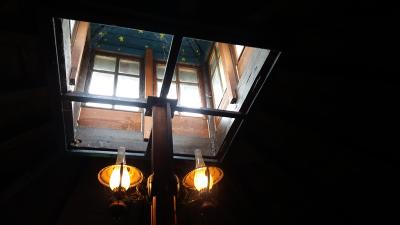
In the beehive, it was possible to beekeeping with 84 families, and the hives were made according to the Naiser system - a hot construction system. The octagonal beehive is still the only specimen in nature and is protected in the cultural heritage of Maribor as an ethnological monument. Various honey packs, hand smokers, wax presses, hives from different periods, a model for making combs, baskets, various literature about beekeeping and many other interesting tools are on display in the museum.
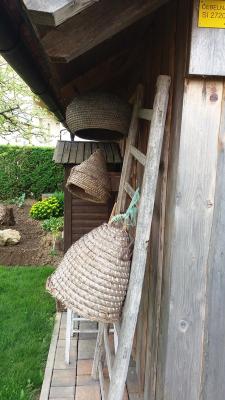
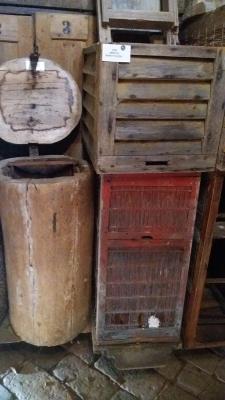
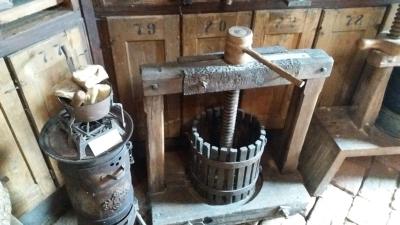
After a pleasant walk through the mediterranean garden and the museum apiary, we went to the our last station – apitourism of beekeeper Šemen Štefan.

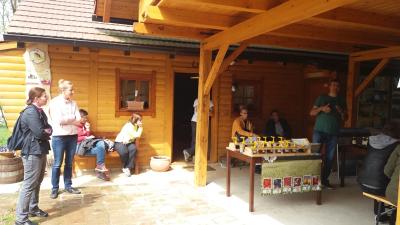
In this beekeeping they work with 700 bee families in the AŽ and DGB hives.
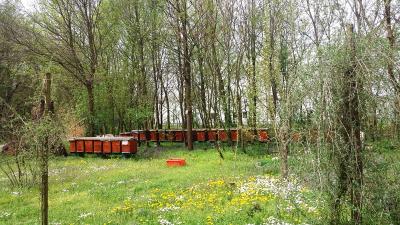
The bees are transported to various pastures throughout Slovenia. They produce all varieties of honey. In addition to selling honey and other bee products, they also offer apitherapy services. In the apiary intended for inhaling aroma of wax, honey and propolis, for visitors are prepared two beds and two comfortable chairs.
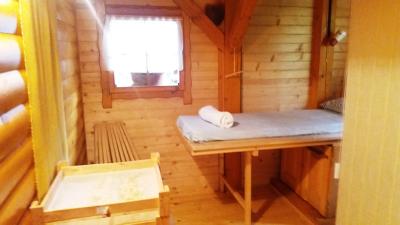
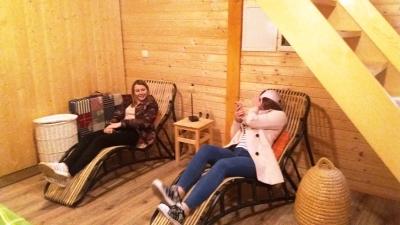
The pleasant space is smudged by an aerosol, which has a great apiterapeutic effect on people and works calming. Behind the apiary is a bedroom, a kitchen, a sauna and a larger space for socializing.
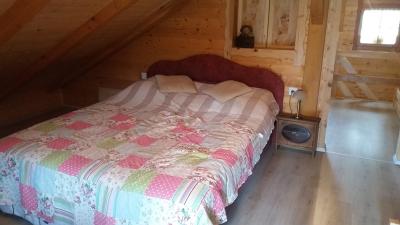
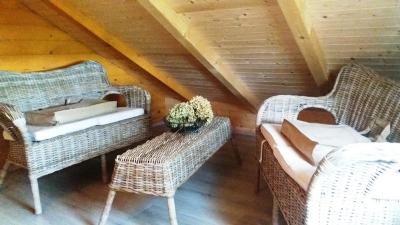
From the balcony above the apiary there is a beautiful view on the pond where the visitor can boats or fish. The beekeeper wisely and in on his own way presented his activity and how he managed to become such a big beekeeper.
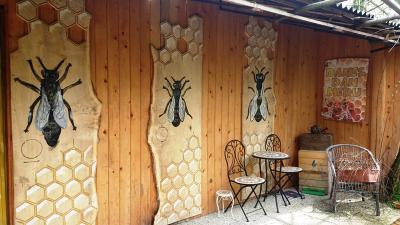
In both beekeepers, we could also taste some good bee products. Strengthened and revived from aerosol, we then set off with the bus to the home.
In the pheasant farm in Beltinci, we saw the breeding of pheasants and partridges. Everything begins with eggs that are disinfected before they are deposited in the hatchery. After the hatching, where the eggs turn, they are transferred to the another chamber where the chickens are hatched.


There are no small chicks in this season, so we could only see adult pheasants and quails. Some animals are sold to the hunting families, others are hunted.



After visiting the pheasant farm we went to the Beekeeping Tigeli in Prlekija. We arrived in a beautifully decorated Mediterranean garden surrounded by beehives.


The Lady presented us their activities and briefly restored the basis of beekeeping. The beginnings of the Beekeeping Tigeli date back to the year 2001 when they bought the first bee colonies.

Now they have beekeepers with around 100 bee families - in two stationary beehives and three transport units. In 2005, they inherited a beekeeping museum and began intensively dealing with beekeeping tourism. In addition to the museum, there is a learning beehive where visitors can work on bees. There are many other museum collections of hives and beehives on their property.


In front of the bee houses there is a beautifully landscaped Bee garden, and in front of their house there is display the life of bees in wooden honey combs. The most beautiful beehive, transformed into a museum, is an octagonal shape with a roofline.


In the beehive, it was possible to beekeeping with 84 families, and the hives were made according to the Naiser system - a hot construction system. The octagonal beehive is still the only specimen in nature and is protected in the cultural heritage of Maribor as an ethnological monument. Various honey packs, hand smokers, wax presses, hives from different periods, a model for making combs, baskets, various literature about beekeeping and many other interesting tools are on display in the museum.



After a pleasant walk through the mediterranean garden and the museum apiary, we went to the our last station – apitourism of beekeeper Šemen Štefan.


In this beekeeping they work with 700 bee families in the AŽ and DGB hives.

The bees are transported to various pastures throughout Slovenia. They produce all varieties of honey. In addition to selling honey and other bee products, they also offer apitherapy services. In the apiary intended for inhaling aroma of wax, honey and propolis, for visitors are prepared two beds and two comfortable chairs.


The pleasant space is smudged by an aerosol, which has a great apiterapeutic effect on people and works calming. Behind the apiary is a bedroom, a kitchen, a sauna and a larger space for socializing.


From the balcony above the apiary there is a beautiful view on the pond where the visitor can boats or fish. The beekeeper wisely and in on his own way presented his activity and how he managed to become such a big beekeeper.

In both beekeepers, we could also taste some good bee products. Strengthened and revived from aerosol, we then set off with the bus to the home.
... link (0 Kommentare) ... comment
... older stories